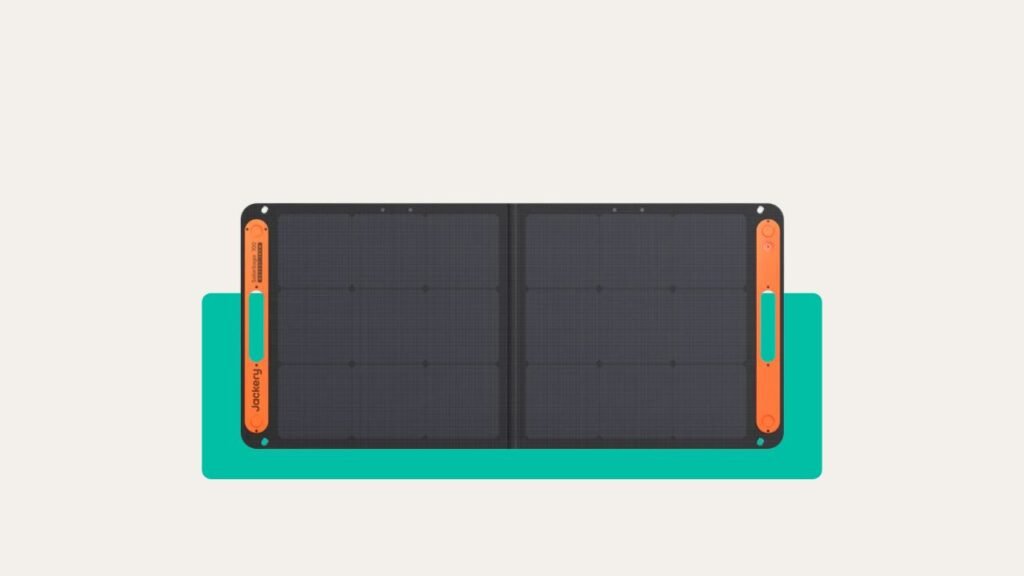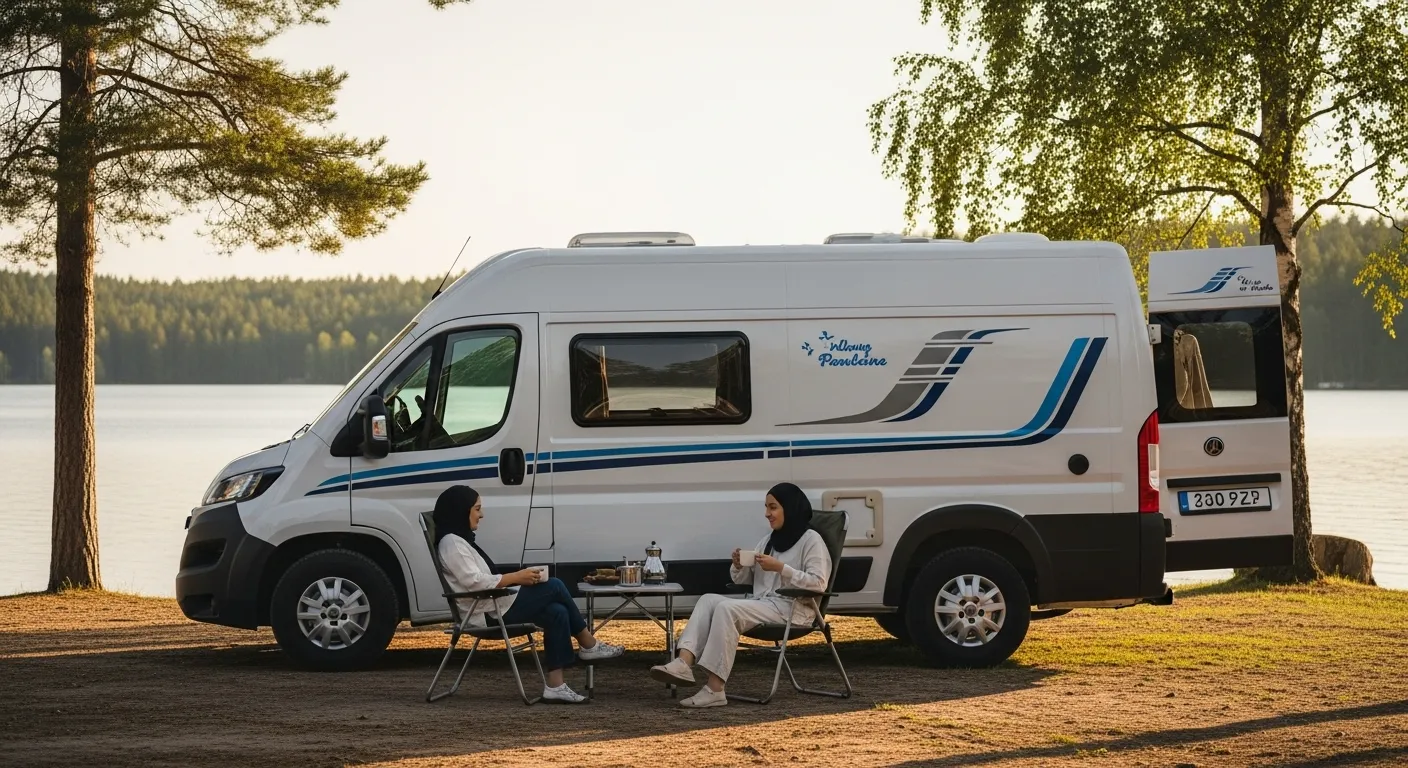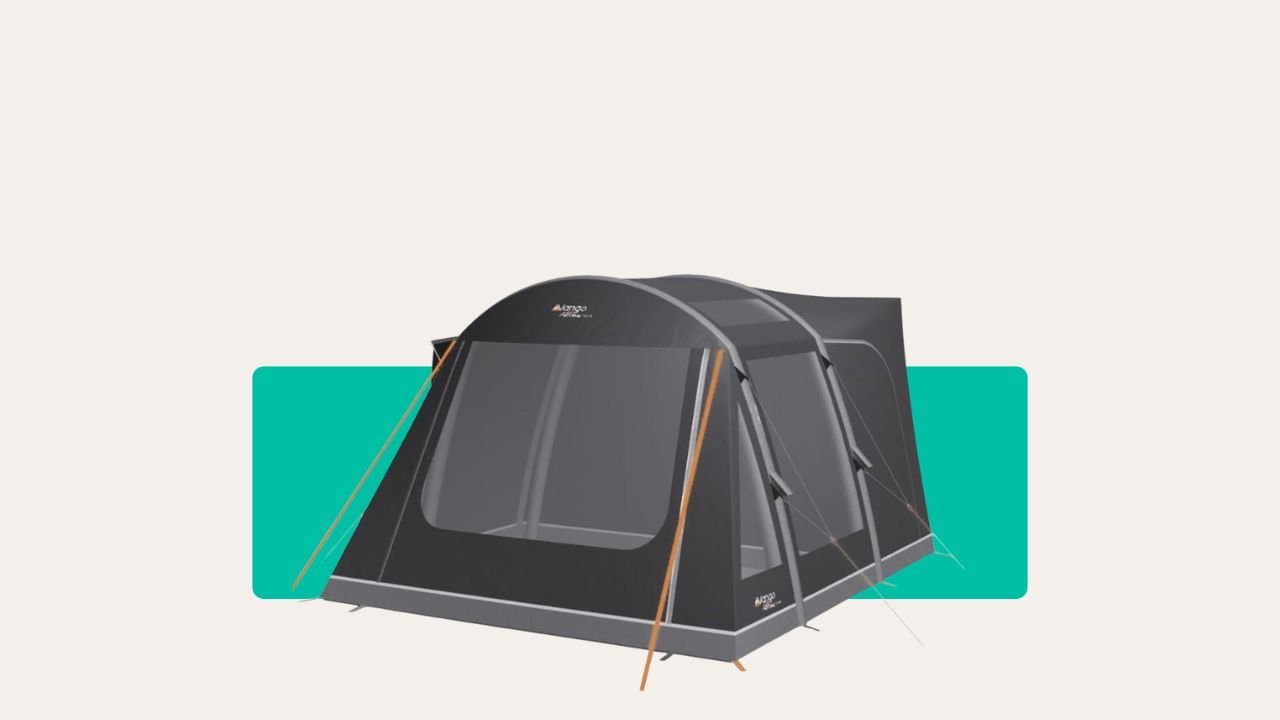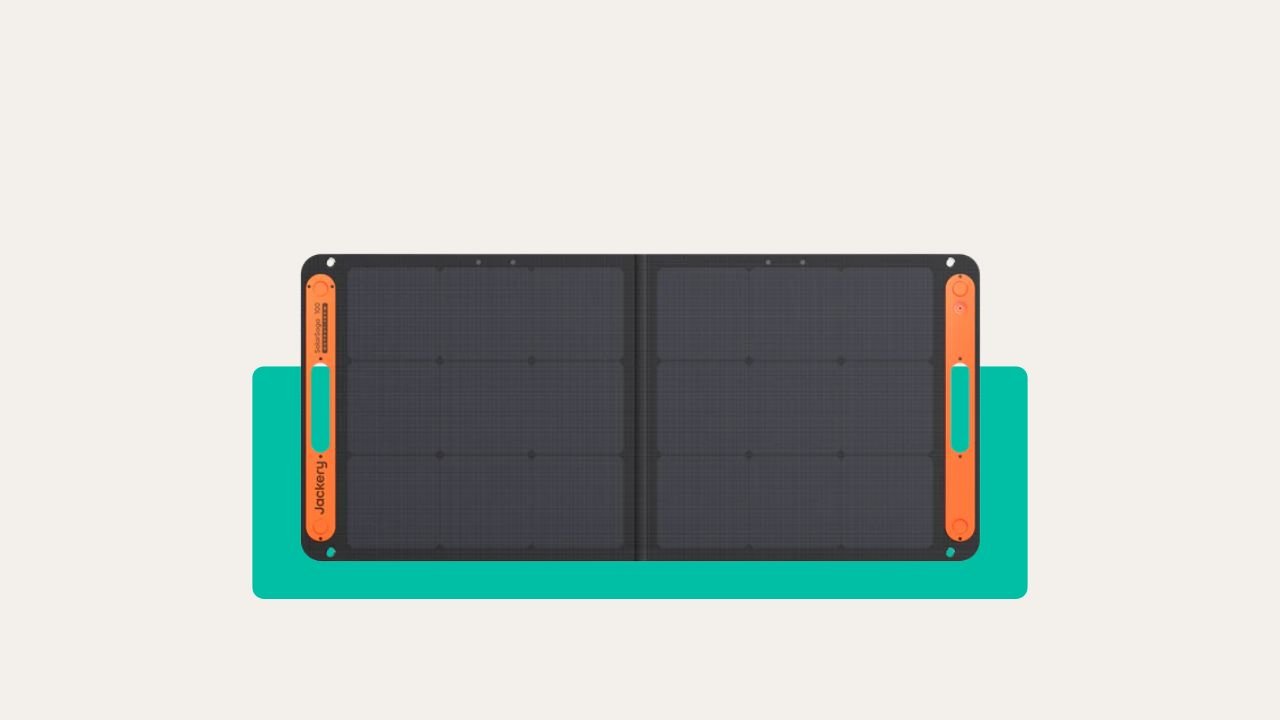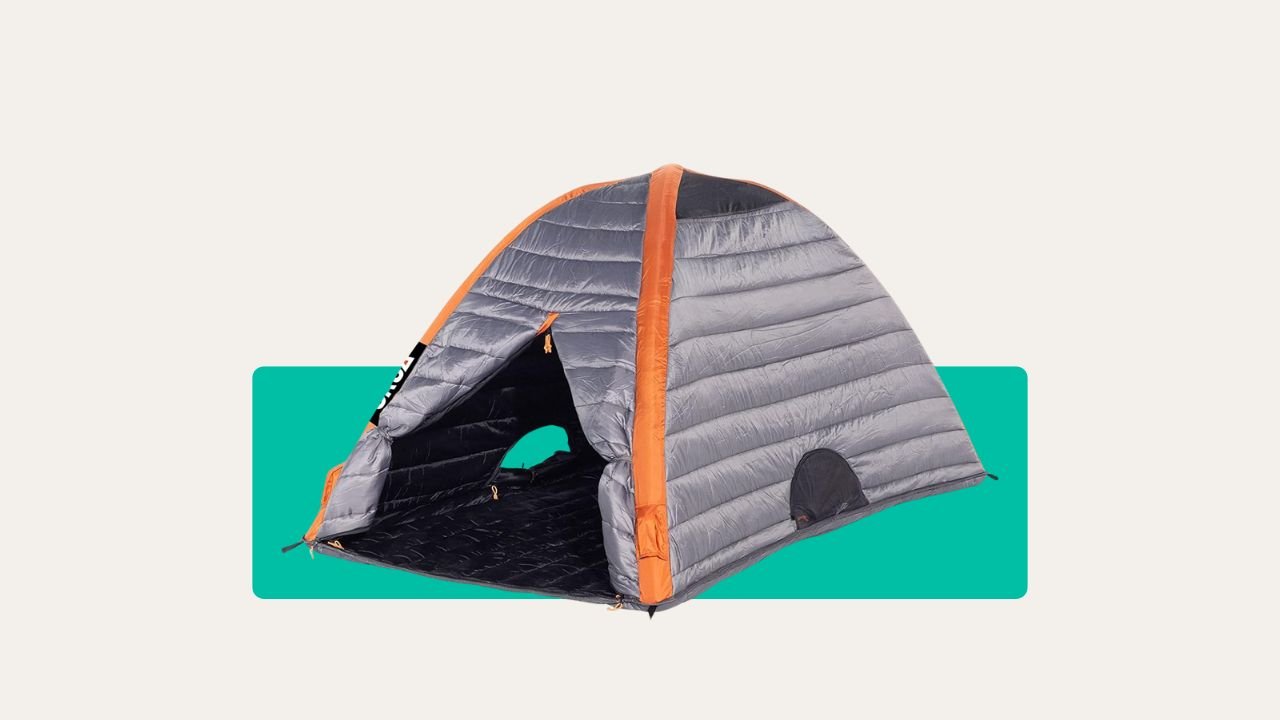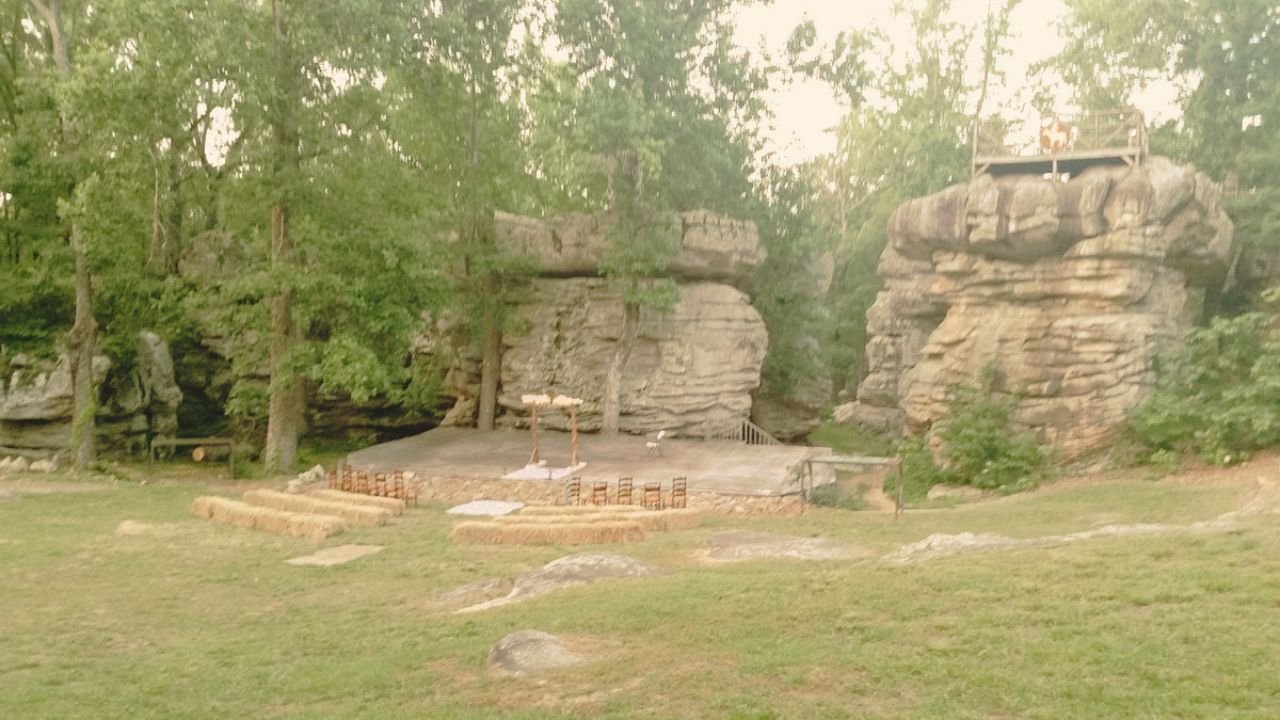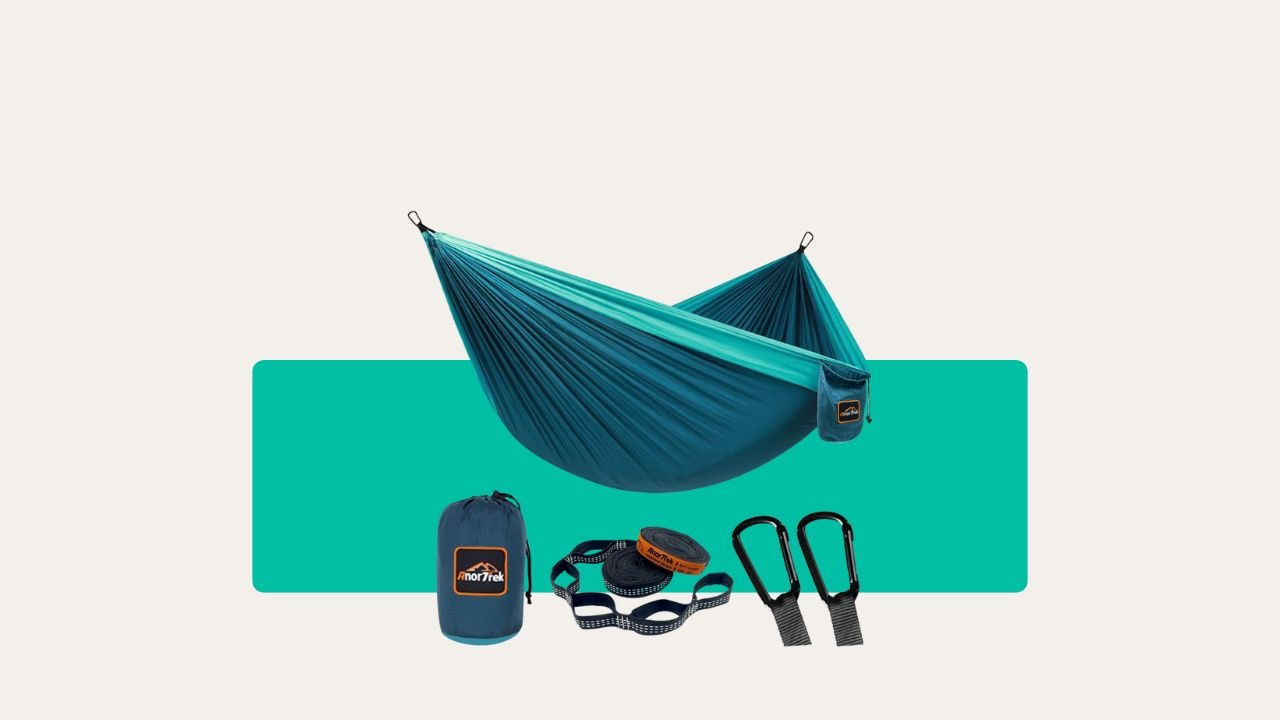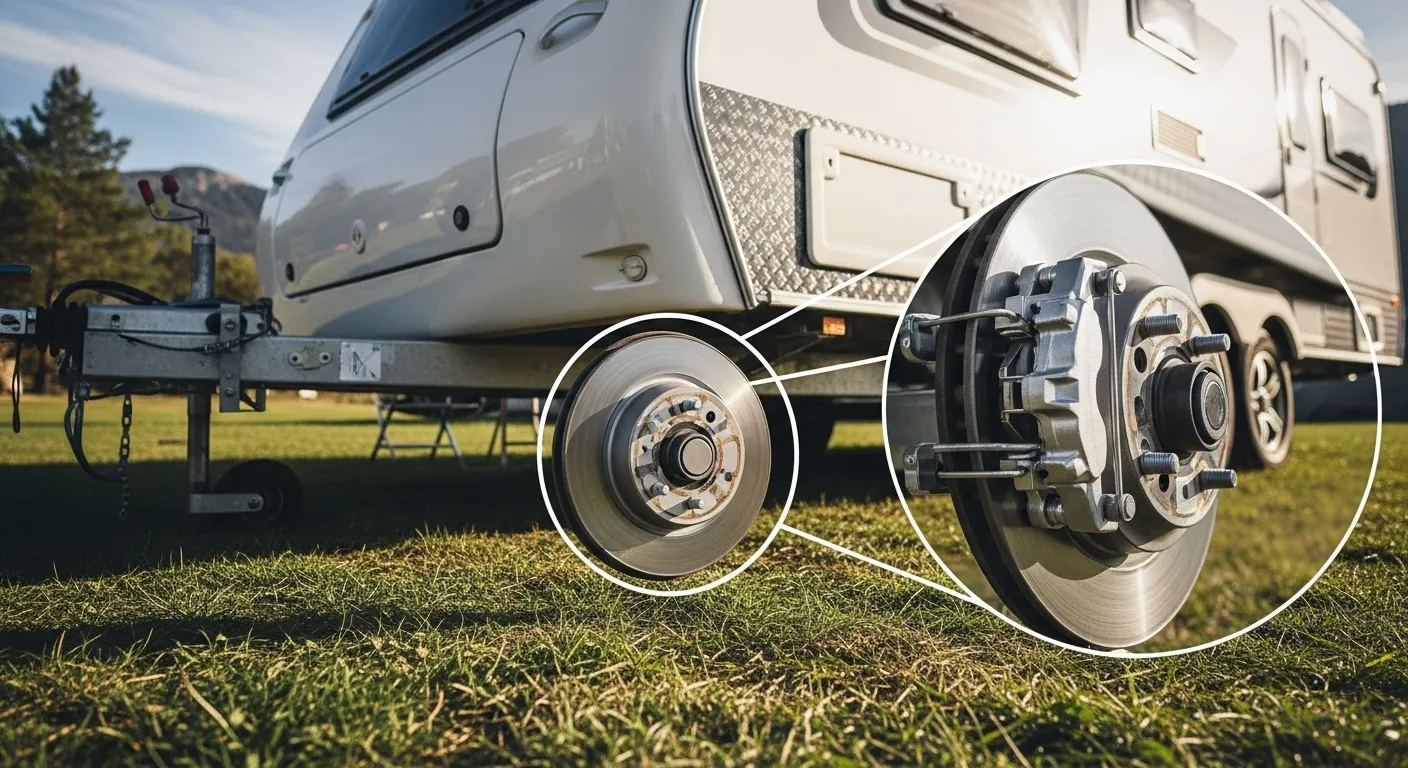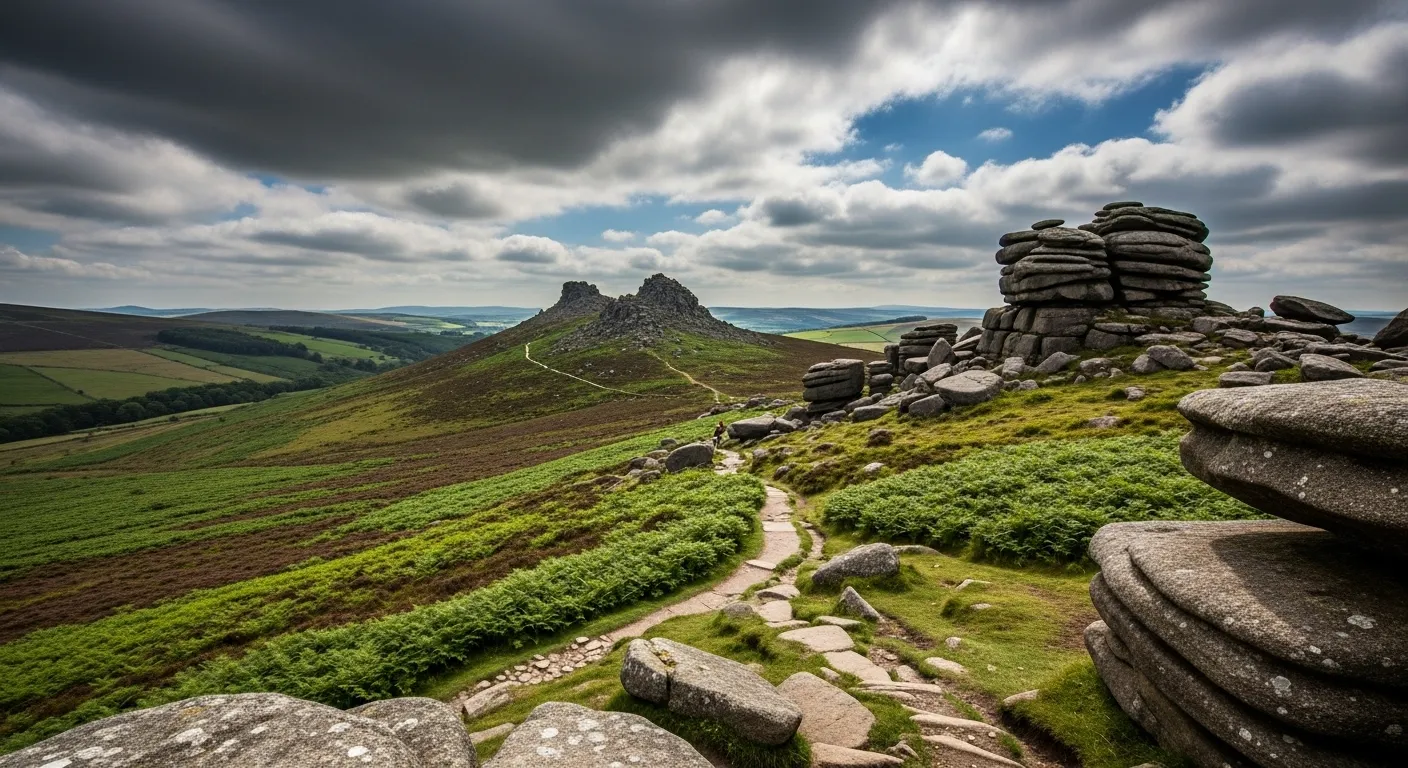Let’s get stuck into the truth – most think you need a giant, heavy solar panel to stay powered off-grid. I used to lug around a clunky panel that barely fit in my old Berlingo. It was a pain, especially on wet weekends near Snowdonia. It turns out, you can get far more punch from panels that’ll slip into your boot, no sweat. If you’ve ever juggled phones, torches and camping gadgets with flat batteries, you’ll know why camping solar panels matter in 2025.
In this guide, I’ll cut through the hype. You’ll get real advice and spot-on panel picks. Whether you’re a beginner or want to stop relying on the site’s power hookup, this is for you. Let’s talk about what really works out there – rain, grey skies, British midges and all.
Why Bother With a Camping Solar Panel?
The biggest win is freedom. You can camp anywhere, from quiet laybys to windswept headlands, and still keep your mobile, GPS, or speaker charged. No more fighting for power sockets at the loo block. Modern solar panels charge power banks and run your essentials – phone, headtorch, maybe even a mini cooler – quietly, using nothing but sunlight.
They’re perfect if you love sites with no hook-up, wild camping, or those long summer weekends when you want to unplug. You don’t have to listen to petrol generators droning in the next tent, either. And honestly, not queuing to charge your phone is worth its weight in batteries!
The Top Three Camping Solar Panels for 2025
I’ve tested a fair few panels over the years, both under blazing sun and grim drizzle. Three standouts deserve your attention in 2025:
1. Jackery SolarSaga 100 – The all-rounder. Packs power, travels easy.
2. Jackery SolarSaga 200W – Mighty output for those running extra kit.
3. BigBlue SolarPowa 100 ETFE – Solid charging without draining your wallet.
Let’s take a closer look at why each makes the cut.
Jackery SolarSaga 100: The All-Round Winner
If you’re after one solar panel to do almost any job, this is it. The Jackery SolarSaga 100 punches well above its weight for campers. It’s not just light – it’s actually practical for British weather instead of just California blue skies.
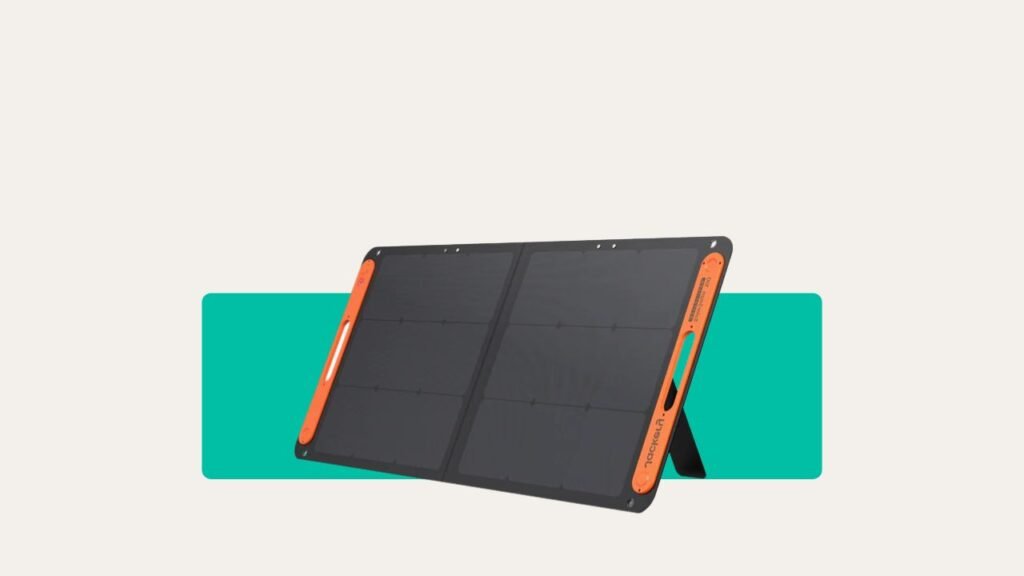
Why it’s brilliant: Compact and folds down in seconds, it’s easy to stash in the car. I’ve used it to charge phones, torches, headlamps, and the odd fan on sticky August nights. You even get direct USB outlets – no need for an extra charger or dinkey adapter.
Key features: 100 watts output, weighs less than a two-litre bottle of water, and simple plugs. The built-in kickstand is good for catching the weak afternoon sun, though it’s a bit basic if you’re on rocky ground (bring a tent peg or two to keep it steady in gusts).
Real world performance: In North Wales, I still pulled decent power during cloudy afternoons, topping up my power bank by tea time. Sure, if it’s grim out, you won’t max the output, but it still ticks along reliably.
Downsides: You’ll need a separate battery for overnight charging. And while it shrugs off the odd shower, don’t leave it out in a monsoon – a quick dry cloth and it’s sound.
Jackery SolarSaga 200W: Bring the Juice for Bigger Setups
Power-hungry set-up? Maybe you’ve got a camping fridge, small laptop, or multiple family phones. This panel’s the beast for heavier loads.
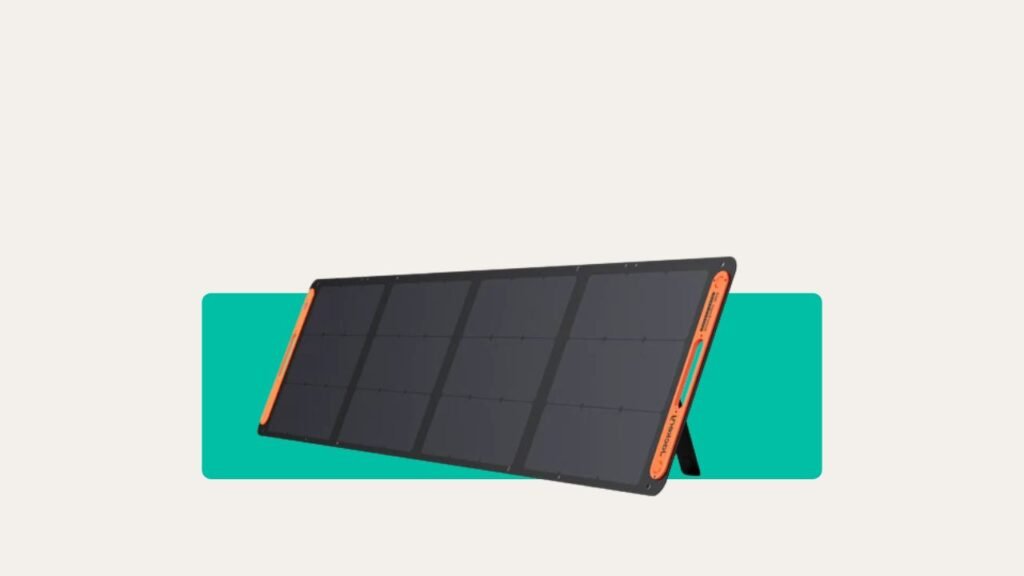
Who needs it: More than one camper, or devices that demand lots of power every day. Think family camping, van dwellers, or even a remote work-from-campsite set-up.
Key bits: 200 watts, solid waterproofing (IP68 – rare on a portable), and a rugged feel. It folds neatly despite the size, but at 14lbs (about 6kg), you’ll want to park close by, not lug it up a fell.
On the ground: At the breezy Cornish coast last summer, this panel kept my coolbox humming and kids’ tablets topped up. It even handled the patchy cloud. Kicks out enough power to charge a portable power station fast.
Any snags? Pricey. This is an investment – but much cheaper than a generator over the years. Also, the stand is sturdy but not wildly adjustable, so mind the angle for best output.
BigBlue SolarPowa 100 ETFE: Best Value for Your Money
If you’re keeping costs sensible, the BigBlue SolarPowa 100 ETFE is a cracking pick. This panel shines when you want a packable, straightforward bit of kit for phones and USB gear.
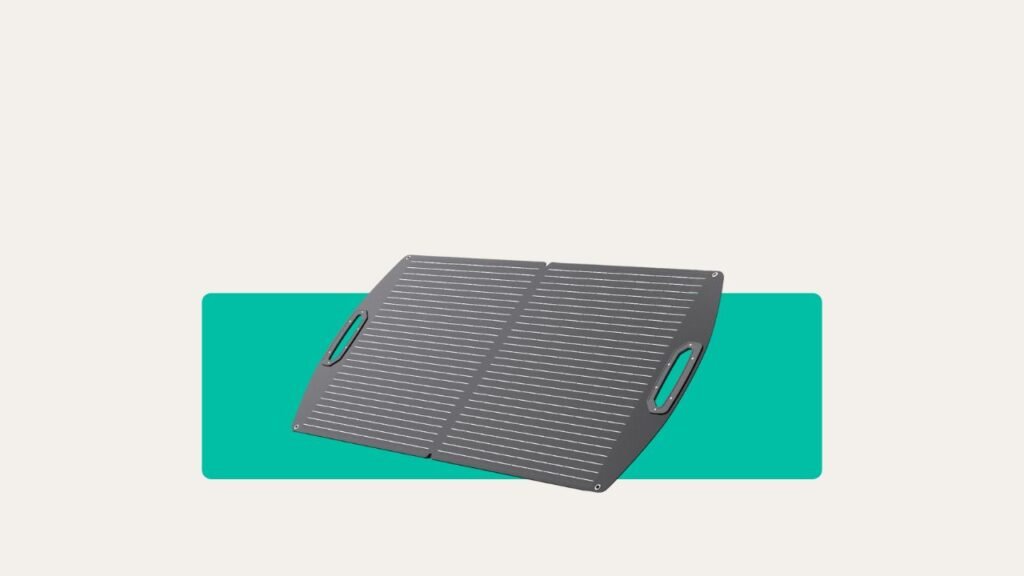
- Why go budget: Ultra-lightweight, fits in a rucksack, and you won’t worry about scuffing it. It’s ideal for cycle campers and weekends away with unpredictable weather.
- Key specs: 100 watts, packs down small, and has tough ETFE coating for scrapes and minor downpours.
- What impressed me: On a drizzly Lake District trip, it worked as advertised. I kept my GPS and phone powered well into Sunday, which meant no panicked coffee-shop stops.
- What to watch: It’s not as robust or speedy as the Jackerys if you need to juice up several hefty gadgets at once. Don’t expect miracles if you want to run a fridge.
Quick Comparison: Best Camping Solar Panels 2025
Our Pick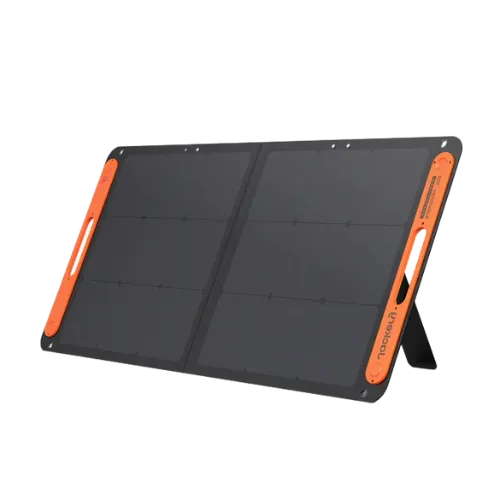
Jackery SolarSaga 100 | 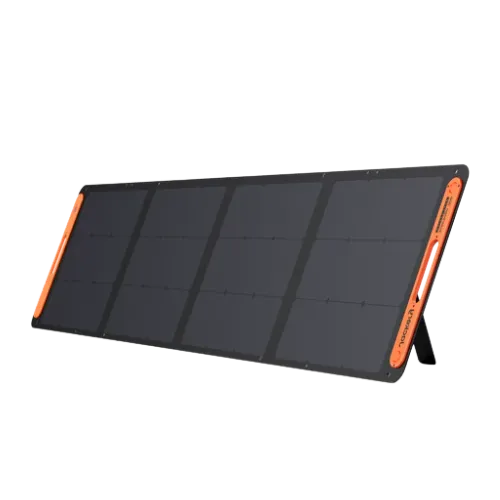
Jackery SolarSaga 200W | 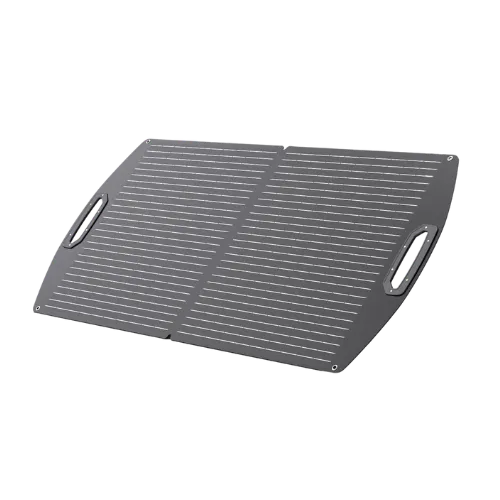 BigBlue SolarPowa 100 ETFE | |
|---|---|---|---|
| Power Output | 100W | 200W | 100W |
| Weight | Light | 14 lbs | Very light |
| Pros | Efficient, portable, works well in British weather | High output, waterproof, sturdy | Cheap, lightweight, packable |
| Cons | Needs power bank for night use | Expensive, heavier, less portable | Lower capacity, less robust |
| Best For | Most campers, all-round use | Bigger setups, families | Budget campers, solo hikers |
How to Pick the Right Solar Panel for Camping
Think of it like choosing your boots – wrong fit, and you’ll regret it. Here’s what I’ve learned the hard way:
Power output: 100W will cover most people – phones, tablets, torches. Bigger panels (like 200W) are for those running coolers or laptops.
Portability: Size matters. Will it fit in your boot, or do you need to carry it? Lightweight, foldable panels are easier, especially if you’re hiking to remote spots.
Weather resistance: IP65 or IP68 ratings mean less faff during summer showers. Nothing kills the mood like a panel that shorts out after one wet night.
Ease of use: Plug-and-play is best – look for proper kickstands and no daft adapters. Quick setup means more time up the hill, less fiddling at camp.
Price: Don’t be suckered by huge claims. Budget panels can do the job, but you get what you pay for when it comes to durability and output. For UK weekends, don’t cheap out entirely.
Top Tips – Getting the Most Out of Your Camping Solar Panel
Let’s avoid the rookie mistakes. Here’s the stuff you only learn after a few wet and windy trips:
- Always pair your panel with a good power bank. Solar slows down or stops in rain and dark. Store your charge in a power station during the day, use it whenever you need.
- Keep it angled to the sun. Adjust a couple of times a day, especially up north in spring and autumn when the sun’s low. If you’re in a rush, set it up as soon as you pitch your tent.
- Stay portable. Smaller panels mean less weight, but check you’re not underpowered. I once hiked Dartmoor with a panel that barely tickled my phone – lesson learned.
- Don’t leave your panel out in heavy rain overnight. Even the best portable panels are splashproof, not submersible. Dry, sheltered storage keeps them alive for years.
- Use short, good-quality cables. The longer the cable, the more power you lose, so keep it tidy and close.
- If the weather turns foul (as it does in the Lake District), don’t wait until you’re at 5% battery to start charging. Use every opportunity – a patch of sun at lunchtime can be worth hours later on.
And midges? Well, there’s no solar panel for that. Bring your net.
Conclusion: Which Camping Solar Panel Is Right for You?
Whether you’re wild camping alone or setting up a base for the whole family, you don’t have to be left in the dark, even on a remote clifftop. The Jackery SolarSaga 100 is a cracking all-rounder and likely fits most campers. If you’re powering bigger gear or want absolute peace of mind in bad weather, the SolarSaga 200W is worth the outlay. For those on a budget but still keen to stay off-grid, the BigBlue SolarPowa 100 ETFE does the basics brilliantly.
Don’t let a dead battery spoil your camp. Pack smart, think ahead, and enjoy your own bit of energy freedom – whatever the weather throws at you. After all, if you’ve ever scrambled for a socket in the campsite toilets, you’ll know how good it is to stay powered up on your own. And if you pitch up beside me, bring an extra brew. I’ll have the solar panel ready.
If you want more unfiltered camping gear advice or detailed reviews, check out our guide to the best camping power banks of 2025 as well. Safe travels!

